
Psoriasis: Factors, Symptoms and Treatment
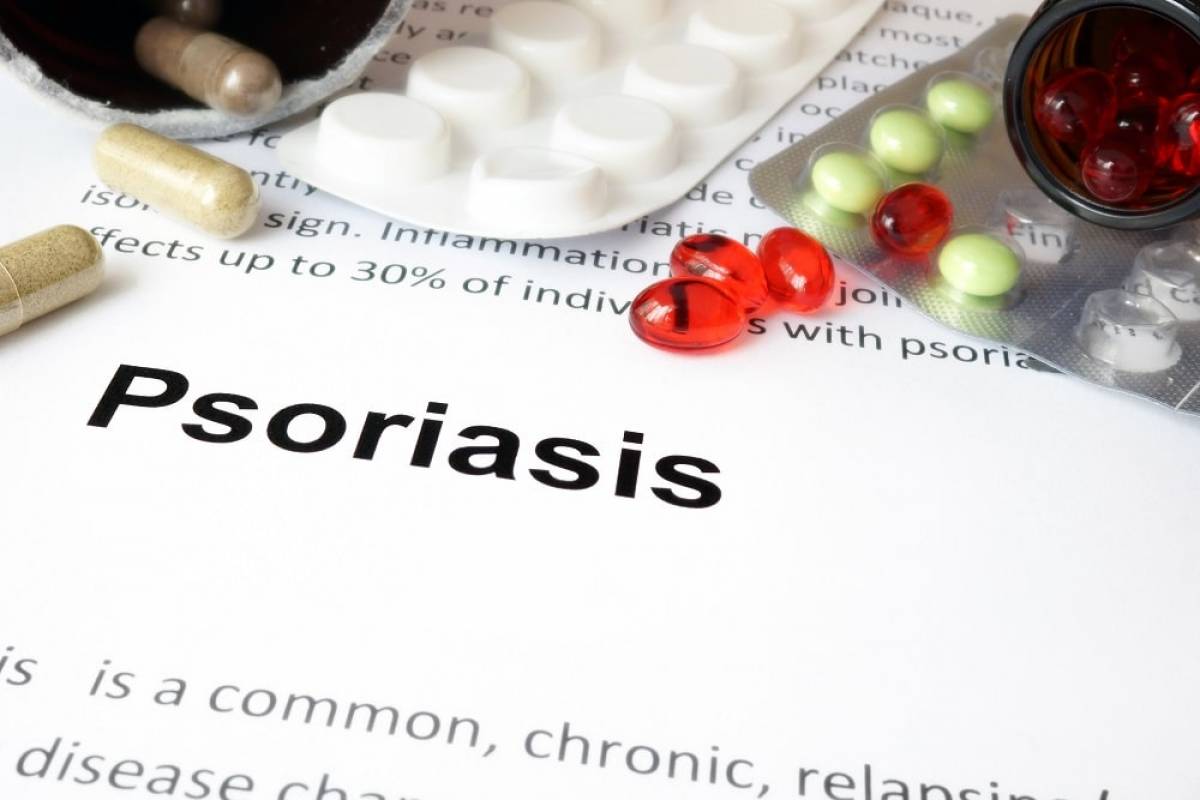
Treatment Duration
30
Suggested Sessions
2-4 times/year
 «Psoriasis affects 2 to 3% of the population»
«Psoriasis affects 2 to 3% of the population»
What is Psoriasis?
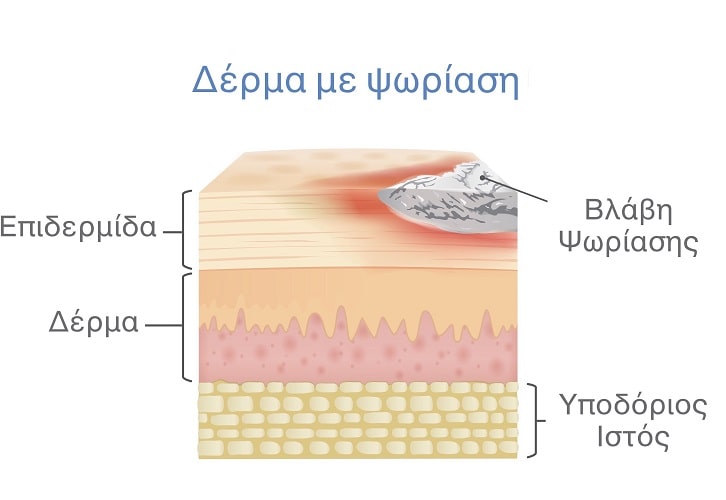
 «Psoriasis can worsen during the winter season, when exposure to the sun is limited»
«Psoriasis can worsen during the winter season, when exposure to the sun is limited»
Who does Psoriasis affect?
Psoriasis Symptoms & Types
Plaque Psoriasis
- on the elbows
- on the knees
- in the lower back
- on the scalp
Guttate Psoriasis
Inverse Psoriasis
- the armpits
- the buttocks
- the genitals
Pustular Psoriasis
Erythrodermic Psoriasis
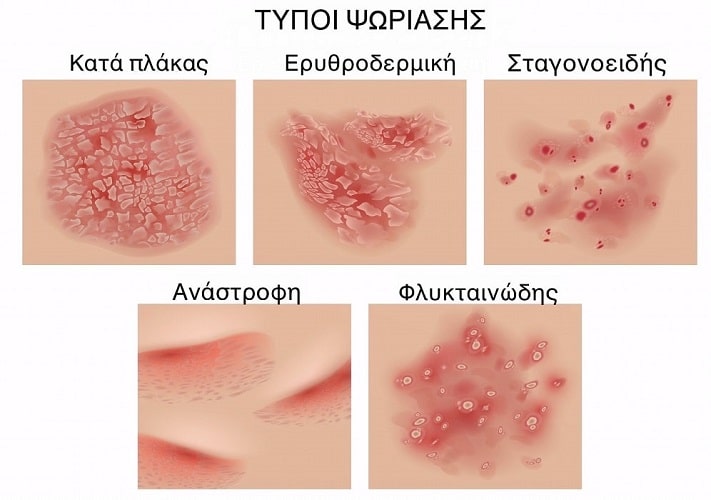
 «A patient with psoriasis may experience more than one form of the disease»
«A patient with psoriasis may experience more than one form of the disease»
Psoriasis: Manifestation Points

Psoriasis on the head
Psoriasis on the Face
Psoriasis on Hands & Feet
Nail Psoriasis
Psoriasis: Photos

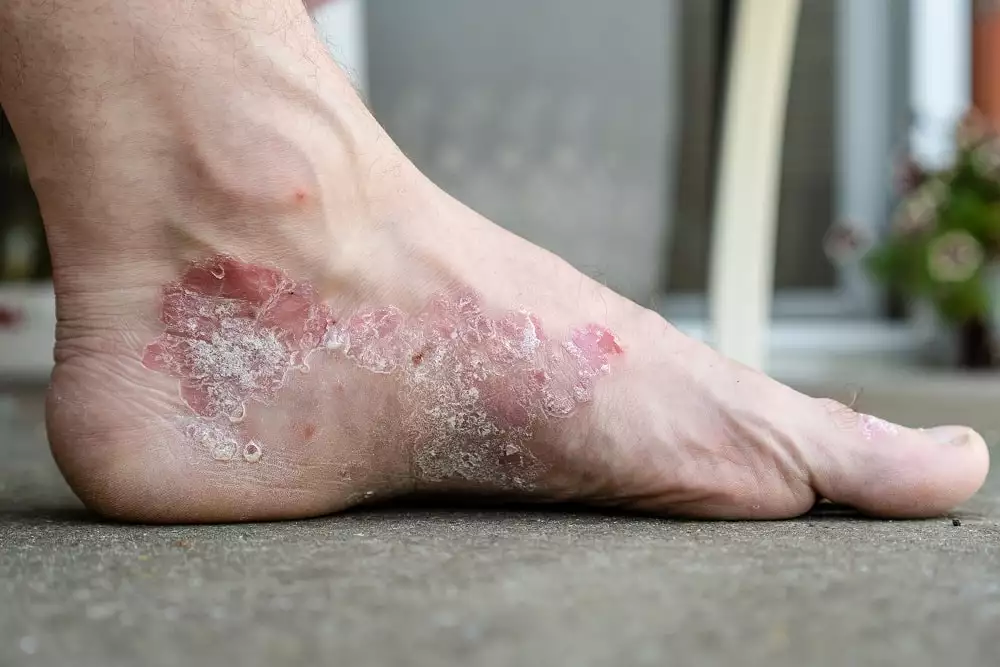
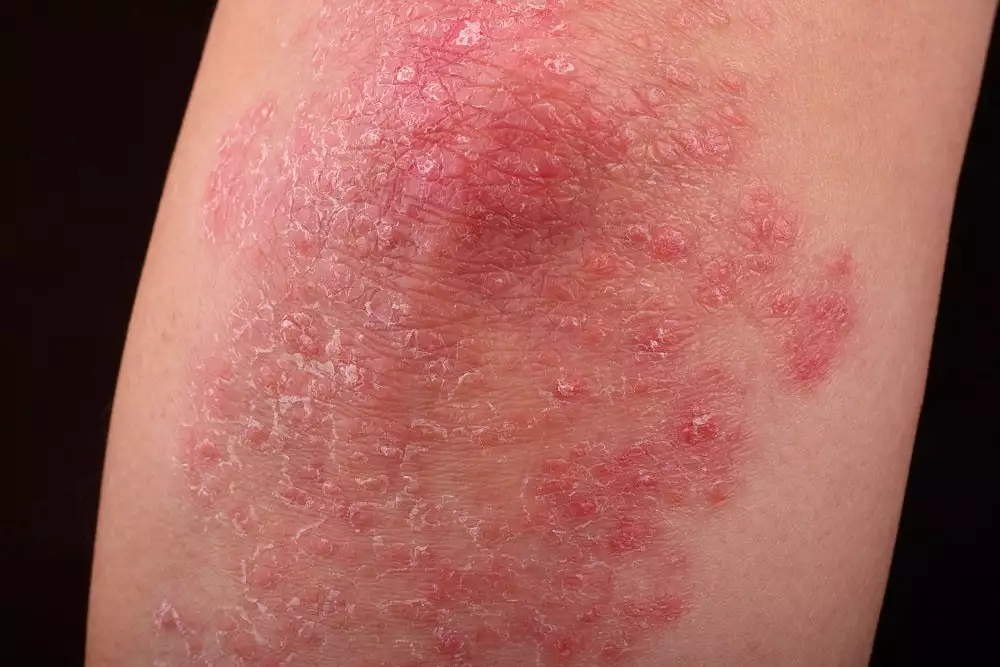
Psoriatic Arthritis
Angolitic Psoriasis
Psoriasis: Aggravating Factors
- Vitamin D deficiency
- Certain medicines
- Infections
- Wounding
- Intense stress
- Smoking
- Obesity
- Alcohol
- Dry cold weather
 «Talk to your dermatologist if you want to get a tattoo or body piercing, as these are considered injuries and can trigger a flare-up of psoriasis»
«Talk to your dermatologist if you want to get a tattoo or body piercing, as these are considered injuries and can trigger a flare-up of psoriasis»
Psoriasis & Diagnosis
 «Cooperation with the dermatologist is essential if you suffer from psoriasis, as the disease is chronic, which is controlled by treatment»
«Cooperation with the dermatologist is essential if you suffer from psoriasis, as the disease is chronic, which is controlled by treatment»
Psoriasis & Treatment
How does Psoriasis go away?
Medicinal Topical Preparations
Vitamin D analogs, topical corticosteroids, topical calcineurin inhibitors, with moisturizing and keratolytic action.Systematic Education
 «The sooner you talk to your dermatologist about your psoriasis symptoms, the better for managing and controlling it»
«The sooner you talk to your dermatologist about your psoriasis symptoms, the better for managing and controlling it»
Psoriasis: Myths & Truths
Myth #1
Myth #2
Myth #3
Myth #4
 «The combination of medication to treat psoriasis, with the help of a specialist psychologist, can improve the symptoms of the disease, since stress is an important aggravating factor»
«The combination of medication to treat psoriasis, with the help of a specialist psychologist, can improve the symptoms of the disease, since stress is an important aggravating factor»
Mental health is just as important as physical health and they are directly linked.
The appearance of psoriasis can cause psychological disorders in the people who manifest it, so the provision of psychological help by a specialist is essential.
The sun can help to treat the disease, so you should try to be in the sun, of course always with the necessary protection by using sun cream.

Frequent Questions
Is psoriasis contagious?
Are there foods that are prohibited in psoriasis?
I feel tired. Could psoriasis be to blame?
How does psoriasis go away?
Are psoriasis and scabies the same?
Psoriasis and scabies are two completely different diseases, while they manifest from different causes.
Scabies is a parasitic contagious disease, while psoriasis is an autoimmune disease that is not contagious and has a hereditary basis.
Does psoriasis affect the sufferer's sex life?
Directly no, indirectly yes. It is an autoimmune disease, so it does not affect the body's functions, so neither does sexual performance.
The only way psoriasis affects the sex life is the negative impact it has on the sufferer's psychology. (low self-esteem, reduced desire for sexual activity, etc.)
Bibliography
- https://www.ncbi.nlm.nih.gov/books/NBK448194/#article-27961.s7
- https://www.aad.org/public/diseases/psoriasis/what
- https://www.hopkinsmedicine.org/health/conditions-and-diseases/psoriasis
- https://www.cdc.gov/psoriasis/index.htm
- https://my.clevelandclinic.org/health/diseases/22852-inverse-psoriasis
- https://www.psoriasis.org/psoriasis-statistics/